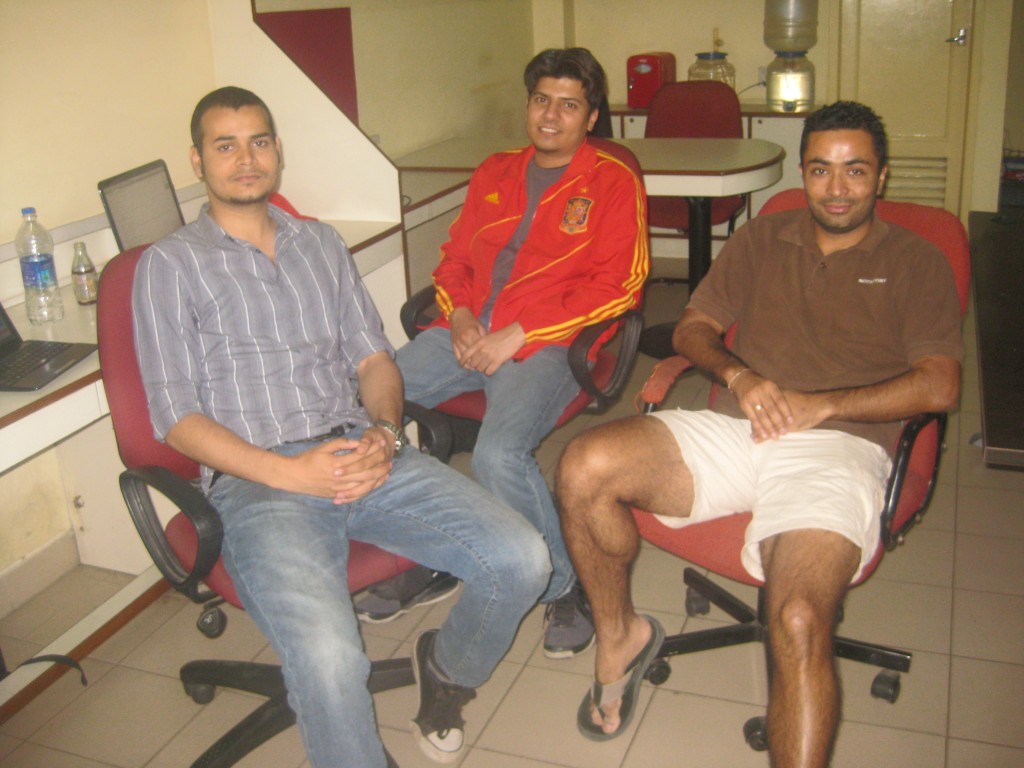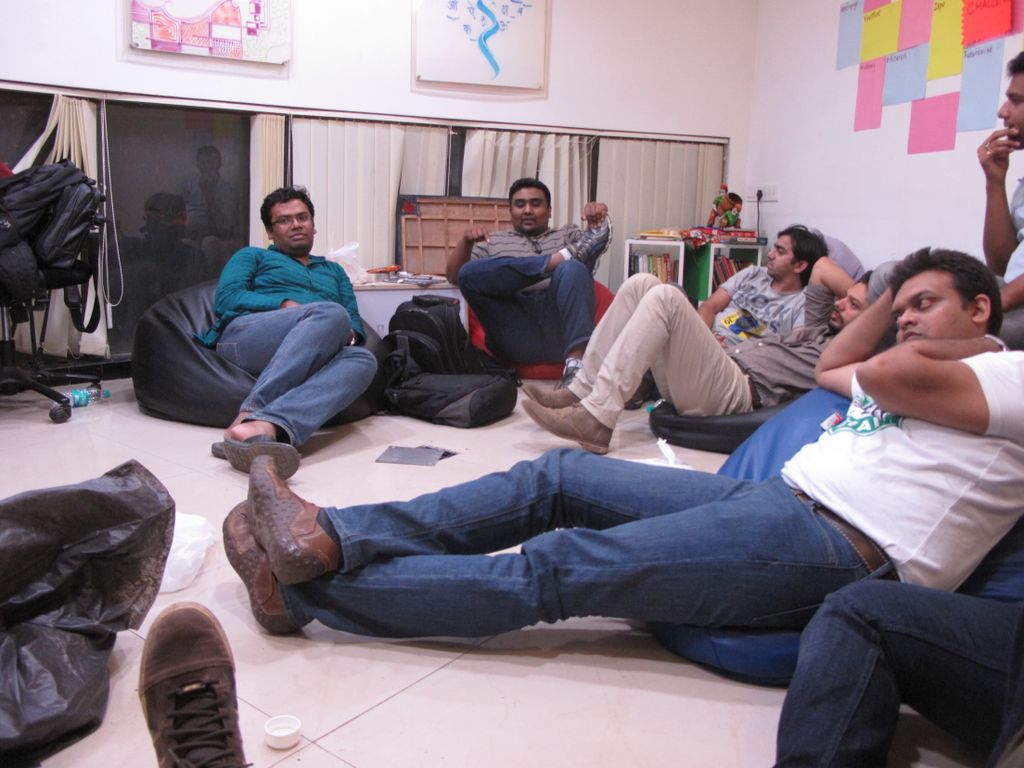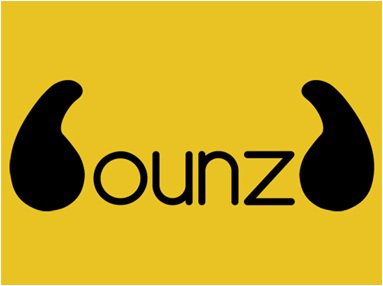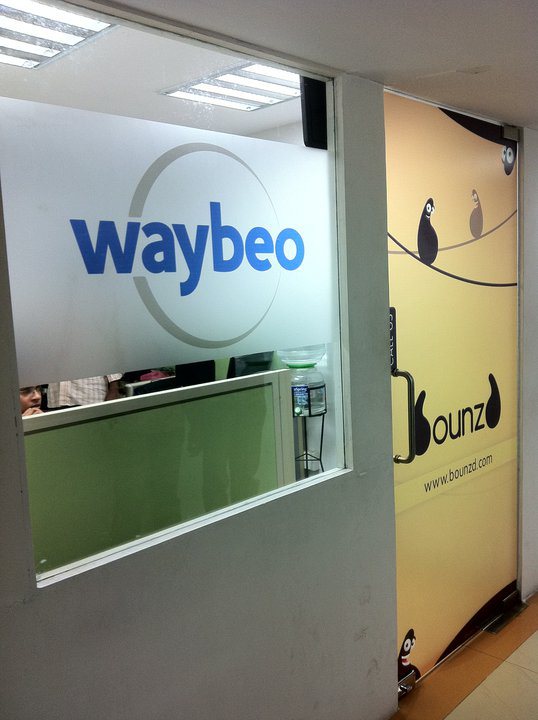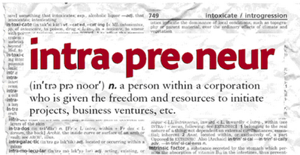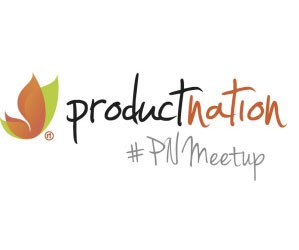We have multiple definitions of platform, but in today’s world where reaching out to people is so easy and absolutely free, one can argue that in today’s context a platform is a vehicle to extend people’s voice beyond the ears closest to you. The channels that we use to have were very expensive – all required expertise, money or both whereas the new channels are over internet – mostly free. This is a fundamental change in the way culture is unfolding in our age. The cost of conversation is almost zero. The time people spend is largely in creation of content, moving it through the channels, making a connect and building a relationship.
That the channels are free, doesn’t mean it’s without other costs. It requires time, creative efforts, lot of nurturing and applying yourself. It has a lot of human element involved to make it a success. It is about delivering information that’s useful to the people you hope to reach and to build relationships that lead to value. Do you have time and this skill? Does businesses has time and this skill? Do they even need it in-house? We will come back to it.
Hierarchy of needs theory by Maslow ranks human needs as physiological, safety, love & belonging, esteem and self-actualization. I believe that I can safely assume that people who are using the new channels are looking to satisfy needs at love & belonging and higher level. People in this group has emotional needs to have friends, intimacy, respect and to be valued. We have examples where people are ‘famous for being famous’ like Paris Hilton by effectively using the power of channel platforms. Even in India, people like Amitabh Bachchan and others are very active on social media.
It is obvious that business has a need for reaching out to people through the low cost channels (power of network) and on the other hand we have people having esteem and self-actualization needs. The new age platform will be the one that provide value for both businesses and people.
Education sector which is at $1,332B market size (source: NeXT Knowledge Factbook 2010), has been waiting for a major disruption for decades. I am not talking about TV or a projector in a class room or a web interface for questions and presentation sharing here. I am talking about a major disruption in the way people learn; questioning the fundamentals of traditional ways of education where teachers are not just giving lectures (monolog), but supporting students individual needs. A system which assist student to learn at her own pace, subjects of interest, allows to interact and collaborate with peer group, teachers, publishers and experts from across the globe. A preference based, self directed, collaborative personalized learning platform that helps in better organizing learning, flipped class room, group projects, expert guidance, mentoring and so on. A ecosystem of students, teachers, publishers, mentors and parents working towards a common goal of education by leveraging new age education platform.
Interactive marketing a new way of marketing, riding on the availability of new digital communication channels is enjoying a double digit growth rate (source: Forrester Research) and is expected to grow even rapidly in the near and coming future. A flood of new tools have emerged and would continue to emerge to assist marketers with leveraging new emerging digital channel technology. These channels are mostly free, but the challenge is effectively using the various different channels available and also the enhanced focus on content creation, curation and interaction with customers and influencers. A new age platform which can bring people and business together on a common marketplace where business can market themselves through the current customers to attract potential customers and people share ideas, content to fulfill her higher needs. A ecosystem of business, customers, freelancers and other business all working together to meet mutual aspirations.









